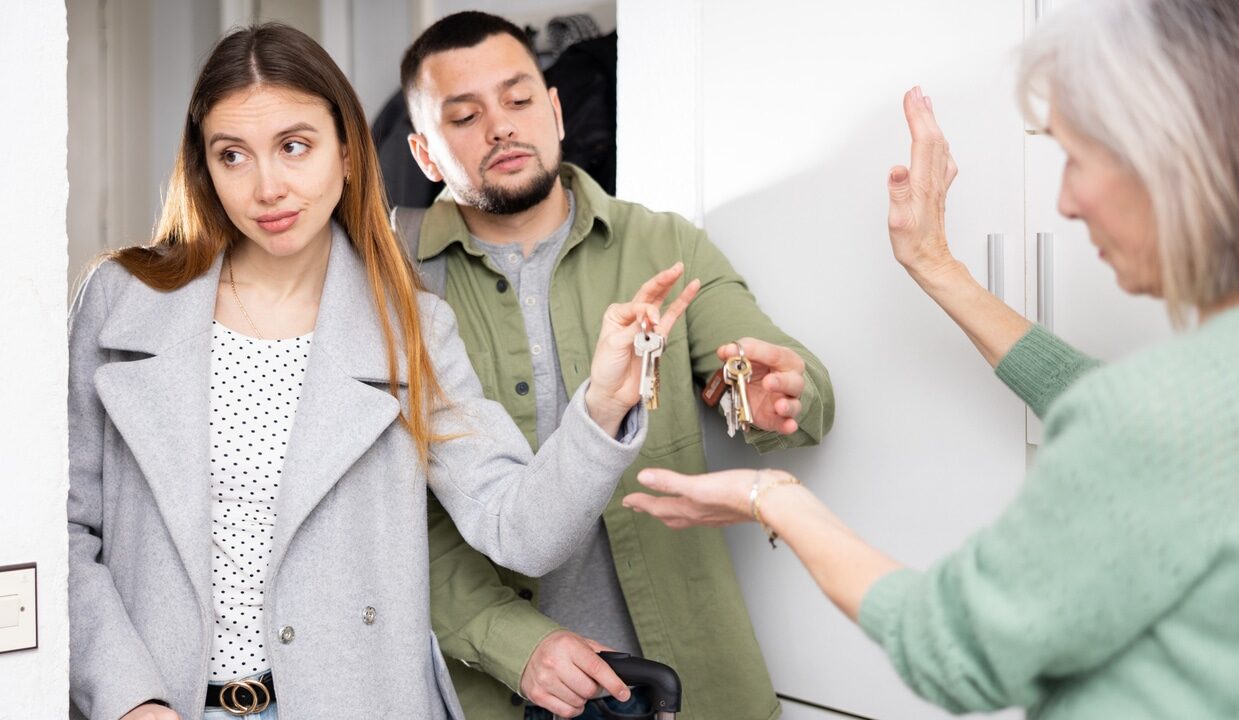What is a Sublease?
Subleases are contractual agreements wherein tenants, also known as sublessors in these situations, rent all or part of real estate property to a new tenant, who is known as the sublessee or subtenant. In these contractual agreements between renters and tenants, the original tenant is still responsible for paying rent to the landlord. Meanwhile, the subtenant pays their rent to the original tenant.
The contract must clearly define the rights and responsibilities of all parties involved. A sublease agreement should specify the duration of the sublease, the amount of rent, and any restrictions. Before establishing a sublease, the original tenant should seek express consent from their landlord, usually in writing. New York landlords typically must approve subleases unless the original lease explicitly allows for subleases.
Various laws and regulations provide guidance on subleasing requirements in New York. Before signing the contract, all parties involved in the sublease agreement must understand the terms and conditions. A residential sublease agreement should also outline the rules for owning pets or other specific property regulations. Clarity in all relevant matters related to the sublease agreement is essential to prevent misunderstandings and potential litigation.
What Are Various Legal Issues Relating to Subtenants in New York?
Subletting real estate property to subtenants opens the door to many legal issues relating to landlord-tenant relationships. First among the matters is the simple question as to whether the tenant has the legal right to sublet their space to a subtenant in the first place. In most cases, this question can be answered in the language of the original lease between the landlord and the over-tenant. In cases where the lease forbids subletting, the original tenant may breach their lease if they attempt to sublet the space.
Many New York residential condominiums and cooperatives have unique rules regarding whether tenants can sublet their spaces to subtenants. Reviewing the proprietary lease, condominium bylaws, and any house rules that may dictate whether subletting is allowed and by which terms is critical. Breaking any established rules could result in harsh penalties or even legal action.
If the original tenant fails to pay their rent, defaults on their lease, or otherwise vacates the premises, the subletter retains the legal authority to possess the premises until the landlord takes dispossessory actions and seeks an eviction. Landlords are not allowed to evict subtenants without a warrant or permission from a proper court. If a landlord does not follow the correct procedures when evicting a subtenant, even when the over-tenant defaults on their lease, the courts may allow the subletter to remain in the property temporarily.
When a subletter fails to pay the agreed-upon rent to the original tenant or otherwise violates the sublease in other ways, the original tenant essentially becomes a landlord to the subtenant. Like a typical landlord, the owner cannot evict their tenants at their own discretion. The original tenant must file the paperwork and seek court permission when bringing legal action.
What Could Be Considered an Unauthorized Sublease Agreement?
Unauthorized sublease agreements transpire when tenants sublet or re-rent their rental properties to other individuals without the consent or authority to do so granted by the landlord. Most leases require permission from the landlord before subleasing any space, and disobeying these rules could be considered a breach of contract. The consequences for breaching a lease could include financial penalties, the potential for eviction, loss of security deposits, and liability issues.
Even if the original lease allows subleasing, proposed subleases could still be rejected depending on the original terms and local landlord-tenant laws. Some local laws limit the reasons why landlords could deny sublease requests. In general, however, landlords can reject subleases based on concerns about background checks, intended property use, and fear of an inability to pay the required rent.
Before subletting, tenants should review their lease and seek permission from their landlord. Unauthorized subletting raises legal issues that could have dire consequences.
How Do Lawful Subtenant Rights and Unauthorized Occupant Rights Differ?
Unauthorized or illegal subletters do not have the same rights and protections granted to the tenants. An illegal subletter could be considered trespassing on property without the landlord’s consent.
Tenants have the same rights as original tenants renting from landlords, including basic protections granted by state or local laws. Although a landlord may not have a direct contractual agreement with a subletter, they are still responsible for maintaining rental properties in livable and safe conditions. Landlords cannot evict lawful subtenants without following proper procedures.
Can Tenants Evict Illegal Subletters?
Dealing with illegal subtenants usually involves one or two possibilities: eviction or allowing them to remain in the property.
So long as the landlord is not opposed to having a new tenant, they may send the tenant and subletter a written notice that they’ve violated the rules, but that they will be allowed to remain in the space provided they sign new lease amendments or agreements. If the landlord does not want the subletter to stay, they would typically notify the tenant and subletter that they must vacate the premises or face eviction proceedings. A landlord’s ability to evict a tenant, subletter, or both shall depend on the local laws where the property is.
Original tenants cannot evict their subtenants just because they feel like it. Tenants must have valid cause to seek evictions. Acceptable and legal reasons to evict an unauthorized or illegal subtenant could include:
- Failure to pay rent on time as agreed upon in the sublease agreement
- If the original lease with the landlord is terminated, the tenant and subtenant are both expected to move out
- Use of the space for illegal activity, such as the sale of drugs or engagement in other criminal acts
- Violations of the sublease, such as violating pet policies, noise policies, or damaging the property
What Are the Steps for Removing Illegal Subtenants in NY?
If it has reached the point where you need to evict a subletter, certain steps must be followed.
Before taking legal steps, attempt to have a respectful dialogue with the subtenant. Ensure the subtenant understands the situation before calmly asking them to move out voluntarily within an established time frame. Sometimes, such a conversation may resolve issues without seeking legal action. Whatever the conversation’s outcome, it is vital to document the back-and-forth in case you need it as evidence later.
Suppose the conversation does not yield a satisfactory outcome. In that case, it is time to review the lease or sublease agreement for any clauses or provisions regarding subletting, illegal occupants, and the procedures for eviction. It’s crucial to clearly understand the sessions, guidelines, and laws related to evicting unlawful subletters.
Should the subtenant refuse to vacate the premises voluntarily, you must give them a written notice to leave. The notice should state the reason for the eviction and the date they must vacate the property. To avoid confusion and contentious legal matters, provide essential details about state and local eviction laws.
If the illegal subtenant still does not leave after receiving the notice, you can file an eviction lawsuit with the proper courts. The eviction proceedings would then begin, starting with gathering and presenting evidence. Parties involved may be required to attend courtroom hearings. Whichever way the judge rules, the parties must abide by the rulings.
Contact Our Law Firm to Schedule a Free Consultation Today
New York has introduced new eviction laws, known as the Good Cause Eviction Law, which makes it harder for landlords and tenants to evict illegal subtenants without proper cause. For a more comprehensive understanding of the laws related to evicting illegal subletters, please contact our law firm to speak with an attorney.
Our New York law firm has extensive experience in commercial and residential landlord-tenant disputes, and we would be proud to represent your rights in pursuing the most optimal outcome for your case.
Contact us to schedule your free, no-obligation case evaluation today by calling us at 845-668-4774.




